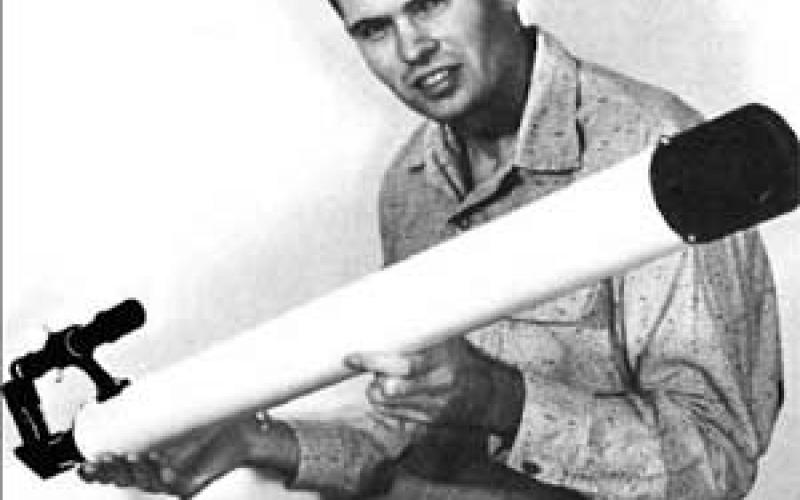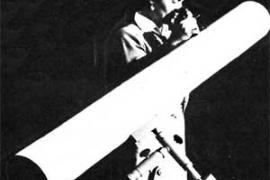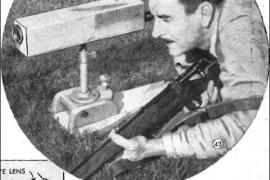These plans are for a homemade telescope that will be cheap to build.
WHILE there are certain predominant qualities of both of the basic telescope types—reflector and refractor—that give one an advantage over the other in each of several special kinds of work, it remains an obvious fact that for the person who has limited storage space, who travels frequently or who cannot give as much time as he would like to astronomical observations, the refractor is the telescope.
It is much more portable and requires less care. Enclosed in a sealed metal tube, the refractor practically eliminates for its owner those irksome problems inspired by dust and moisture. This does not mean, of course, that its owner can be careless about the outer surfaces of lenses. A disadvantage of the refractor is that—size-for-size, comparatively—it is much more expensive than a reflector.
Its useful objective diameter of almost three inches brings within its range the polar "ice" caps of Mars, the bands and spots of Jupiter as well as that planet's moons, the rings of Saturn and at least five of her nine moons, Uranus and Neptune and a big variety of nebulae—as well as that old standby: the craters and mountains of the Moon.






